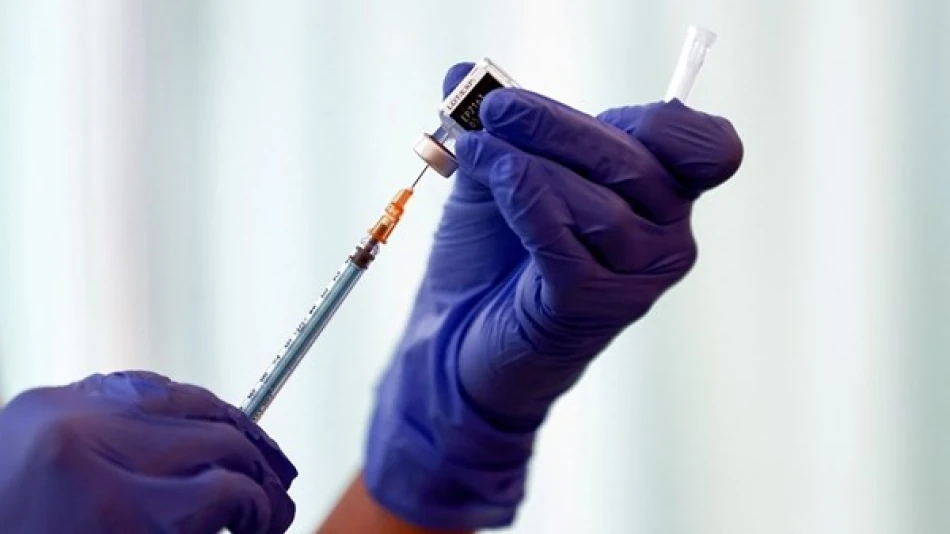
US FDA Greenlights Updated COVID-19 Vaccines for Boosting Immunity
FDA Tightens COVID-19 Vaccine Access as America Shifts to Endemic Management Strategy
The FDA's latest vaccine approval marks a decisive pivot in America's COVID-19 strategy, restricting updated booster access to high-risk groups while eliminating Pfizer's vaccine option for children under five. This policy shift reflects growing confidence that the acute phase of the pandemic has ended, but creates new barriers for millions of Americans seeking protection against evolving variants.
New Restrictions Target Healthy Adults and Children
On Wednesday, the FDA approved updated COVID-19 vaccines from Pfizer, Moderna, and Novavax with significant limitations. While all seniors remain eligible, younger adults and children can now only receive boosters if they have at least one high-risk medical condition, such as asthma or obesity.
The policy represents a fundamental shift from the broad vaccination campaigns of 2021-2022, when vaccines were universally recommended regardless of health status. This targeted approach mirrors strategies adopted by several European countries, including the UK and Denmark, which moved to risk-based vaccination programs earlier in 2023.
Pfizer Exits the Toddler Market
In a particularly notable change, the FDA revoked emergency use authorization for Pfizer's vaccine in children under five, leaving Moderna as the sole mRNA option for the youngest Americans. However, even Moderna's Spikevax vaccine for children aged six months and older is now restricted to those with serious underlying health conditions.
This decision likely reflects lower uptake rates among parents of young children, who have shown increasing vaccine hesitancy as COVID-19's severity in pediatric populations became better understood. Data from the CDC shows that less than 10% of children under five completed their initial vaccine series, compared to over 70% of adults.
Market and Public Health Implications
The restrictions signal a maturing vaccine market where pharmaceutical companies must justify continued broad distribution against diminishing public health urgency. For Pfizer and Moderna, this means smaller revenue streams from COVID vaccines, accelerating their pivot toward other therapeutic areas.
From a public health perspective, the policy creates a two-tiered system where access depends on medical documentation of risk factors. This approach may reduce vaccine waste and focus resources on those most likely to benefit, but could also create administrative burdens for healthcare providers and patients.
Following Global Precedent
The FDA's approach aligns with international trends toward endemic COVID management. Countries like Australia and Canada have similarly restricted booster eligibility to high-risk populations, while maintaining broader access for seniors. However, the US decision to eliminate options for healthy young children goes further than most developed nations.
This policy shift suggests American health authorities believe population immunity—through vaccination and natural infection—has reached levels sufficient to protect most healthy individuals from severe disease. The focus on high-risk groups acknowledges that COVID-19 will likely remain a seasonal threat requiring ongoing but targeted interventions, similar to annual influenza vaccination strategies.
 Layla Al Mansoori
Layla Al Mansoori







